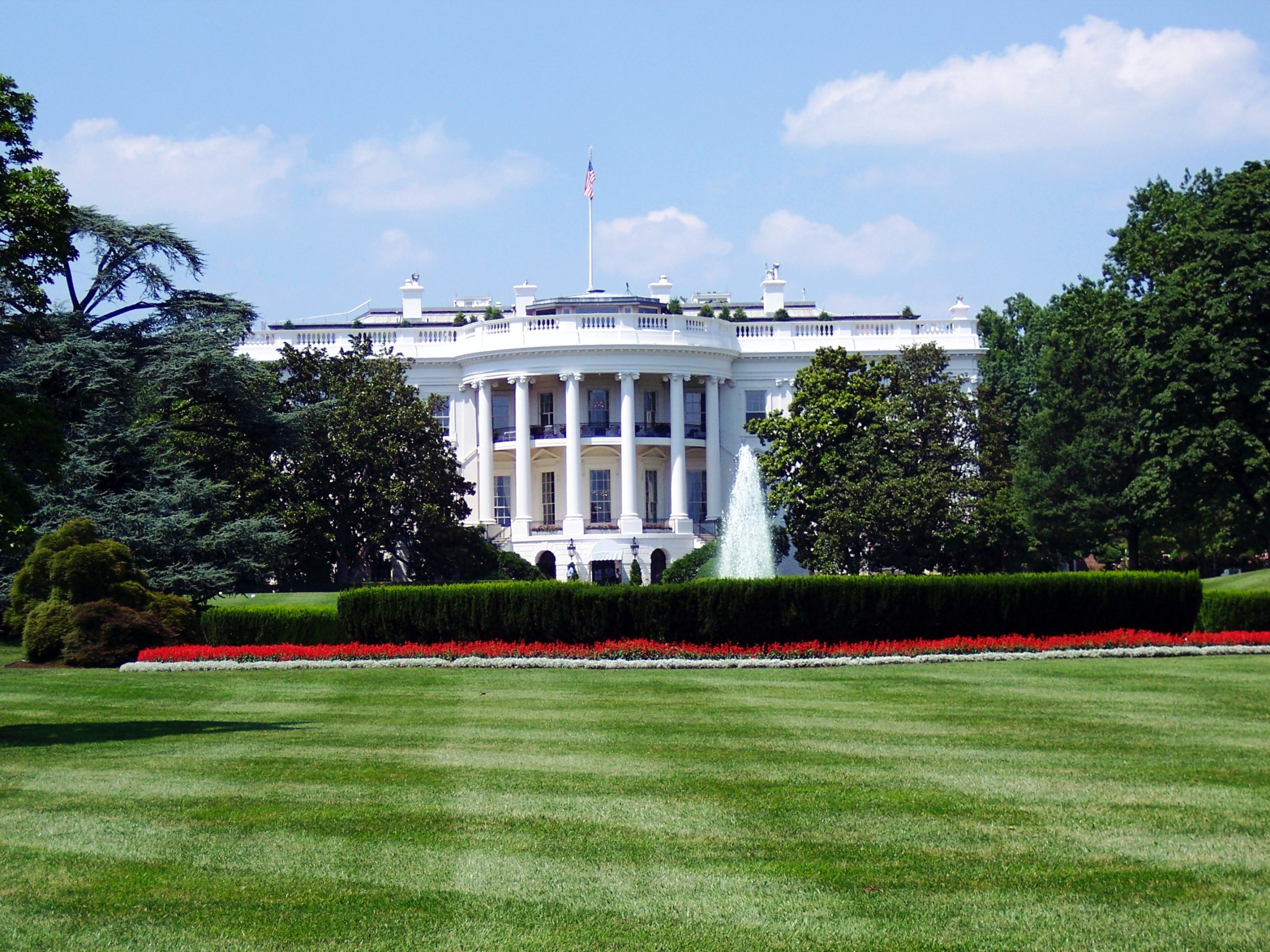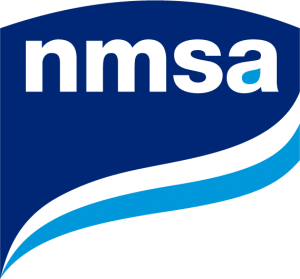Download a PDF copy of the newsletter here.

Welcome to the first issue of the NMSA newsletter for 2018. We have been working on a general framework for NMSA actions and projects. The condensed version of this framework is:
- Establish Communication – With Public and Decision Makers
- Planning – Develop a Plan for Infrastructure Improvements
- Cost – Develop a Cost Estimate for the Plan
- Financing – Find a way to pay to implement the Plan
More on this framework on the next NMSA member call. In the meantime, enjoy the latest in stormwater news.
NMSA News
Two new NMSA members have joined since the fall of 2017:
- Kentucky Stormwater Association. Read about their organization here.
- Maine Water Environment Association. Read about their organization here.
Welcome to our new members. See all of our membership here.
State, National and International News
“WOTUS” Update
The U.S. Environmental Protection Agency (EPA) and U.S. Department of the Army (the agencies) are proposing to amend the effective date of the 2015 rule defining “waters of the United States.” The agencies are proposing that the 2015 rule would not go into effect until two years after the action is finalized and published in the Federal Register. NMSA has developed an extensive comment letter on the proposed revisions. Read more on the EPA action here.
First Circuit Shuts Down Use of TMDLs to Expand NPDES Stormwater Permitting
EPA Issues Request for Comment on Discharges via Direct Hydrologic Connection to Surface Water
Last week EPA issued a request for comment on how pollutants that are discharged into groundwater that flows through a direct connection into jurisdictional surface waters should be treated under the Clean Water Act.
Over the years, the courts, EPA, states, tribes and local communities have addressed this type of pollutant source in different ways under the Clean Water Act. The agency wants to hear from all stakeholders about a number of key issues, including whether EPA should provide guidance or rulemaking or should review and potentially clarify any previous agency statements on the issue of how discharges from point sources that reach jurisdictional surface waters through groundwater is treated under the Clean Water Act and in the agency’s permitting program.
This input will help inform potential next steps that could provide clarity on this issue. The comment period will be open for 90 days after the notice is published in the Federal Register. The Federal Register Notice is available here. Click here for more information.
Grant Opportunities
NOAA Environmental Literacy Grants: Supporting the Education of K-12 Students and the Public for Community Resilience – $2 million
Applications Due: April 6, 2018; Eligible Entities: State, local, and Indian tribal governments
The goal of this Federal Funding Opportunity (FFO) is to support the education of K-12 students and the public so they are knowledgeable of the ways in which their community can become more resilient to extreme weather events and/or other environmental hazards, and become involved in achieving that resilience. Many U.S. communities are increasingly contending with issues related to preventing, withstanding, and recovering from disruptions caused by extreme weather, such as severe storms, tornadoes, hurricanes, flooding, heavy precipitation events, persistent drought, heat waves, increased global temperatures, acidification of the ocean, and sea level rise. These extreme weather and climate events put stress on infrastructure, ecological systems, and the humans that live in the impacted places. Education projects focused on resilience enable and empower community members, including children and youth, to protect themselves and their communities from these hazards. Projects through these grants should build the environmental literacy necessary for communities to become more resilient to extreme weather and other environmental hazards they face. Project topics must relate to NOAA’s mission in the areas of ocean, coastal, Great Lakes, weather, and climate sciences and stewardship and should focus on one or more of the goals of NOAA’s Next Generation Strategic Plan: healthy oceans; weather-ready nation; climate adaptation and mitigation; and resilient coastal communities and economies. For more information, click here.
Tools and Reports
The Government Accounting Office (GAO) publicly released a new report analyzing the use of green infrastructure (GI) by municipalities to meet EPA’s stormwater requirements. The report, titled EPA Pilot Project to Increase Use of Green Infrastructure Could Benefit from Documenting Collaborative Agreements, was prepared in September 2017, but not publicly released until October 30th. The report investigated the level of GI adoption by municipalities, along with funding mechanisms, and the challenges integrating GI into stormwater management efforts, and lastly, focused on the role of U.S. EPA in promoting the use of GI at the local level. Read more here.
New Website: Public-Private Partnerships (P3s) in the Great Lakes Delivery and Finance of Green Stormwater Infrastructure Solutions to ailing infrastructure include cheaper delivery and access to more capital. Click here for more information.
The University of Maryland Environmental Finance Center recently published a report, Holistically Analyzing the Benefits of Green Infrastructure. This document is intended to help smaller local governments, particularly those with MS4 stormwater programs, to evaluate the benefits of green infrastructure. It details how combining green and gray infrastructure systems allows local governments to lower costs, solve systemic water challenges and enhance a community’s quality of life. Click here for more information.
Webinars/Training
RESPEC is organizing a BASINS/HSPF Training Workshop at the facilities sponsored by the AECOM office at Research Triangle Park (RTP), North Carolina. The workshop will train attendees on the use of Better Assessment Science Integrating point and Nonpoint Sources (BASINS), Hydrologic Simulation Program – Fortran (HSPF), and other model tools and techniques. The workshop will span 4.5 days (April 16-20, 2018) and focus on model setup, model structure, calibration, and model scenario generation. The workshop location is 1600 Perimeter Park Drive, Suite 400, Morrisville, NCA-27560. A draft schedule of the workshop is available here.
Building Resilient Communities with Green Infrastructure and Hazard Mitigation Planning is scheduled for Thursday, March 1, 2018 1:00-2:30 PM EST. This is the first webcast in EPA’s 2018 Green Infrastructure Webcast Series. For more information click here.
The benefits of incorporating green infrastructure into hazard mitigation planning to improve community resiliency have long been recognized. In this webcast, presenters will focus on two pilot projects co-sponsored by the U.S. Environmental Protection Agency (EPA) and the Federal Emergency Management Agency (FEMA), in which two communities enhanced their resiliency by integrating green infrastructure elements of their stormwater and watershed plans into their hazard mitigation plans to achieve co benefits such as improving water quality and preserving resources.
“Introduction to EPA’s Watershed Management Optimization Support Tool (WMOST) v3”, is scheduled for Thursday March 8th at 1 pm Eastern. This webinar will introduce the Watershed Management Optimization Support Tool. Version 3 of EPA’s Watershed Management Optimization Support Tool (WMOST) will be released in early 2018. WMOST is designed to facilitate integrated water management among communities, utilities, watershed organizations, consultants, and others. WMOST identifies the most cost-effective suite of management practices to meet user-designated water quantity and/or water quality goals at the HUC12 – HUC10 watershed scale, looking across potential solutions in drinking water, wastewater, stormwater (gray and green infrastructure), and land conservation programs. Additional tools are being developed to apply WMOST as part of a robust decision-making process, including a complementary version of WMOST that uses a multi-objective evolutionary algorithm to generate numerous management solutions simultaneously. The webinar will provide background, demonstrations, and case studies. Online registration is required.
EPA’s Small Drinking Water Systems Webinar: Water Security and Resiliency is scheduled for Tuesday, March 27, 2018 2:00 – 3:00 PM EST.
Presentation 1 – The Water Laboratory Alliance (WLA) is a nationwide network of laboratories established by EPA to assist the water sector with analytical needs during a biological, chemical or radiochemical contamination event. This presentation will provide an overview of WLA, highlighting several of its available tools and resources that small systems can use to improve emergency response. Presentation 2—Sampling and Analysis Tools for Water Emergencies (Presented by Dr. Sarah Taft, EPA’s Office of Research and Development). This presentation will describe sampling and analysis tools that EPA provides to water utilities for improving drinking water and wastewater system resiliency to disasters, and to quickly recover from contamination involving chemical, biological, and radiological agents. Register here.
Soak Up the Rain New England Webinar Series: Join EPA as they highlight innovative approaches to addressing stormwater in New England. Hear about stormwater public outreach resources and programs; see who’s soaking up the rain with green infrastructure; learn about the latest tools and resources from EPA and others; share successes, barriers, and lessons learned while implementing green infrastructure in New England communities. Learn more here.
Conferences
13th Annual Regional Stormwater Seminar will be held April 13, 2018 in Atlanta, GA. “Benhind the Stormwater BMP Curtain – Cradle to Grave Management of BMPs.”
The 11th annual Ohio Stormwater Conference will be held May 9 through May 11, 2018 at the Kalahari Resort in Sandusky, OH. Sponsorship and booth opportunities available.
Water Week will be held this year from April 15 – 21. The WEF Stormwater Institute will host a member stormwater update on April 16.
Center for Watershed Protection’s 2018 National Watershed and Stormwater Conference on April 10th, 2018 in Baltimore, MD and Falls Church, VA and online.
The Florida Stormwater Association will hold its 2018 Annual Conference June 13-15, 2018.
NMSA will be giving a presentation on the organization at the Chesapeake Bay Symposium, held this year on June 12 – 14, 2018.
2018 Research Conference Dates Extended – May 6-8, 2018
The 2018 Water Research Foundation Conference on Advancing Reuse & Integrated Water is designed to help communities prepare for the future by offering innovative approaches and solutions for managing our water resources. The conference will be held May 6-8 in Atlanta, GA.
International Low Impact Development Symposium will be held in Nashville, Tennessee August 12-15, 2018.
StormCon 17th Annual Conference in August 12-16, 2018, in Denver, CO.
CitiesAlive Annual Green Infrastructure Conference will be held September 24-28, 2018, in New York City.
Tennessee Stormwater Association 10th Annual Conference will be held October 15-17, 2018, at Montgomery Bell State Park.
Storm Water Solutions (SWS) 2018 Conference & Exhibition will be held November 13-15, 2018.
The 2018 National Nonpoint Source Training Workshop will be held at the Antlers Hotel in Colorado Springs, CO from November 5-8, 2018. This workshop is the premier gathering of NPS professionals on the federal, tribal, territorial, and state level. The workshop will provide all attendees with an opportunity to share stories of challenges and successes, attend sessions covering a variety of NPS issues, receive updates on the national and regional level, and network with other NPS program managers and state NPS coordinators throughout the country.
Employment
The Water Environment Federation (WEF) is seeking to hire the Program Manager for the National Green Infrastructure Certification Program (NGICP). This role will be responsible for managing NGICP and serve as the main spokesperson for internal and external audiences. Find the full position description here.



